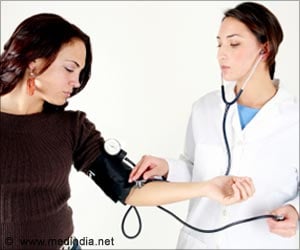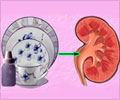
For the study, researchers assessed the fitness status of 2,153 men, aged 70 years and older with high blood pressure by a standard treadmill exercise test. Researchers applied the international units used to measure fitness, called metabolic equivalents (METs), to determine the men's peak fitness levels. A MET is equal to the amount of oxygen the body uses per kilogram of body weight per minute. One MET is the amount of energy expended at rest; anything above that represents work. Researchers categorized the men as very low fitness, low fitness, moderate fitness, and high fitness.
"To put this in perspective, the peak MET level of a sedentary 50-year-old is about five to six METs," said Peter Kokkinos, Ph.D., senior author and professor at Veterans Affairs Medical Center, Georgetown University School of Medicine and George Washington University School of Medicine and Health Sciences. "For a moderately fit individual, it's about seven to nine METS, and for a highly fit person, it's 10 to 12 METs. Still, marathon runners, cyclists and other long distance athletes often have MET levels of 20 or higher."
After an average follow-up of nine years, researchers found that the risk of death was 11 percent lower for every one-MET increase in exercise capacity. "Although this does not sound like a big drop in the death rate, the impact of it is revealed when we compared low-, moderate- and high-fit individuals to the least fit, who achieved less or equal to four METs," Kokkinos said. Compared to least-fit men (up to 4 peak METs):
- Those in the low-fit category (4.1 to 6 peak METs) had an 18 percent lower risk of death.
- Moderately-fit men (6.1 to 8 peak METs) had a 36 percent lower risk of death.
- High-fit men with peak METs of more than 8 reduced the risk of death by 48 percent.
Source-Eurekalert














